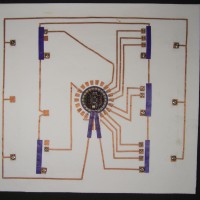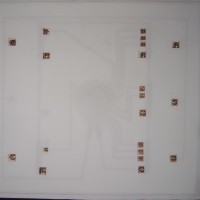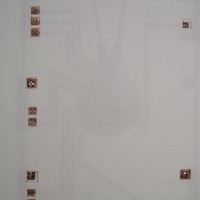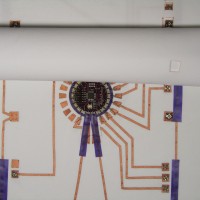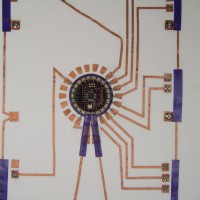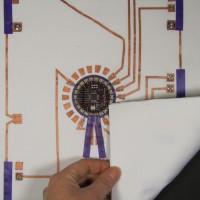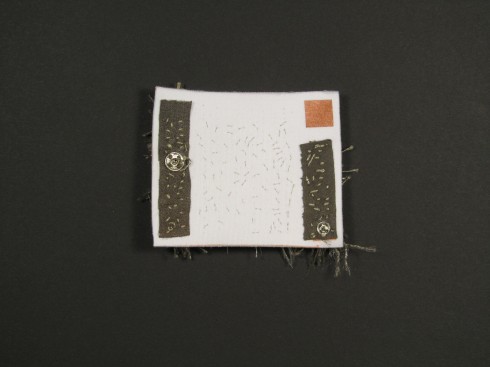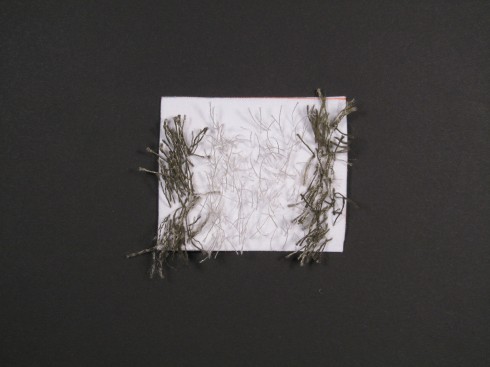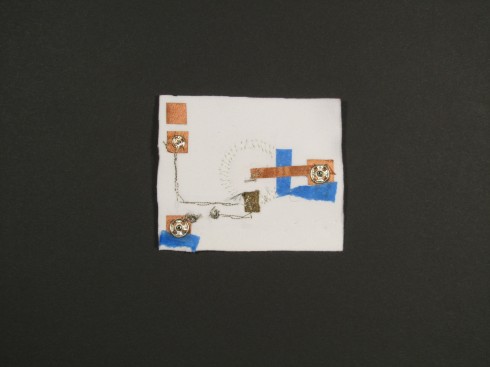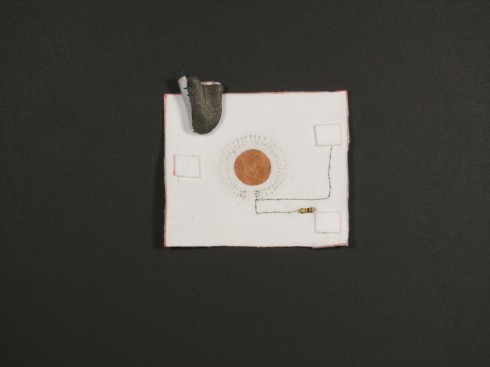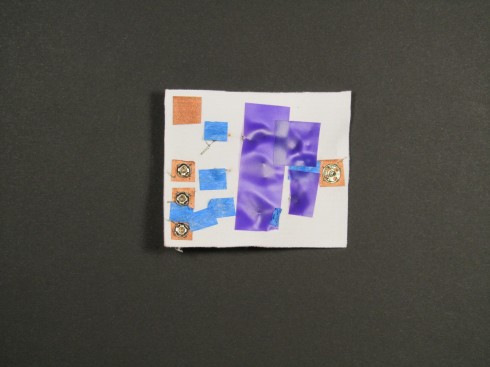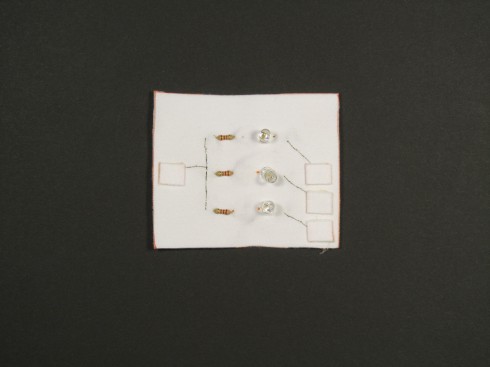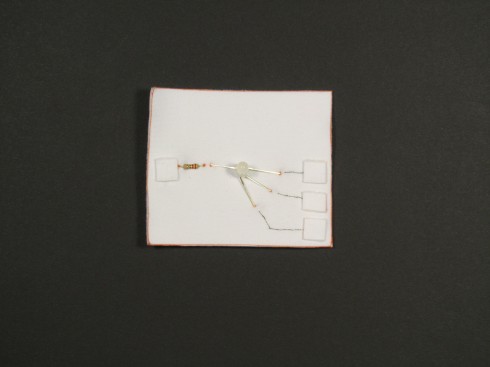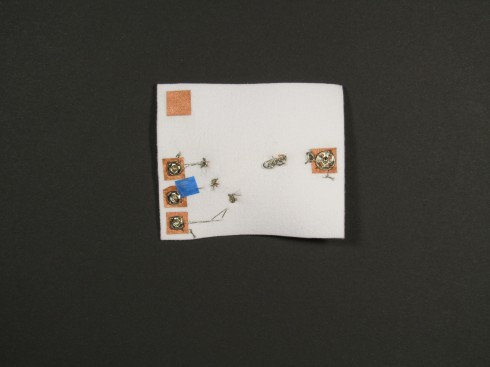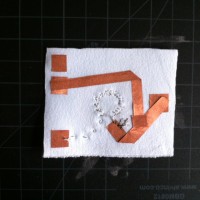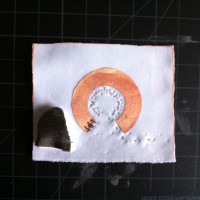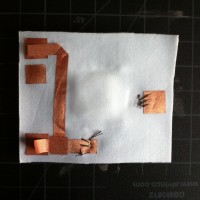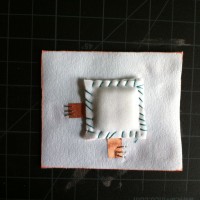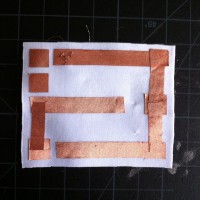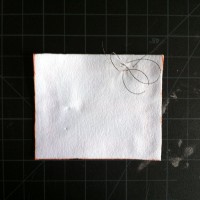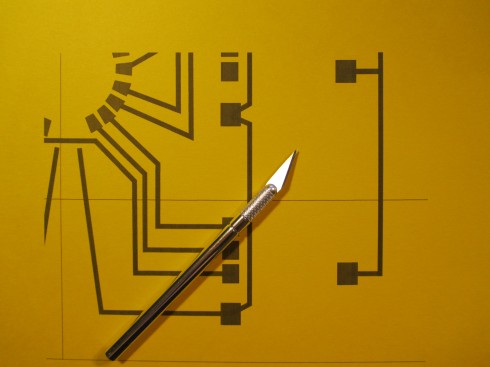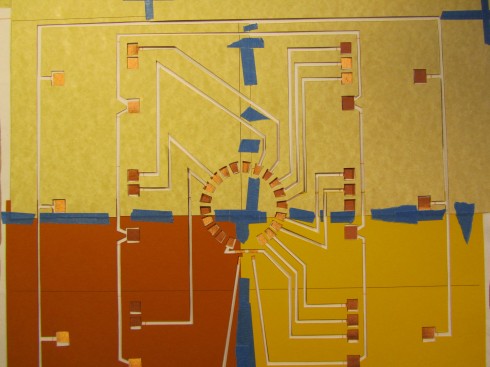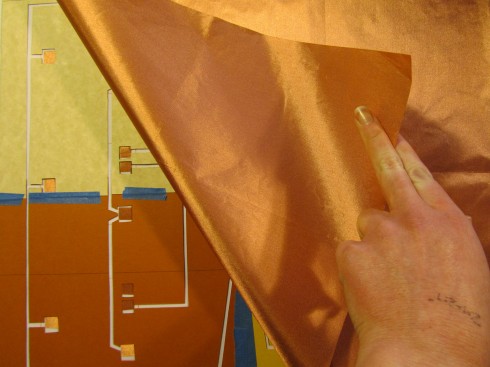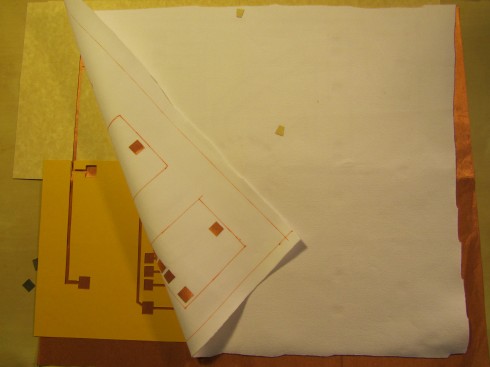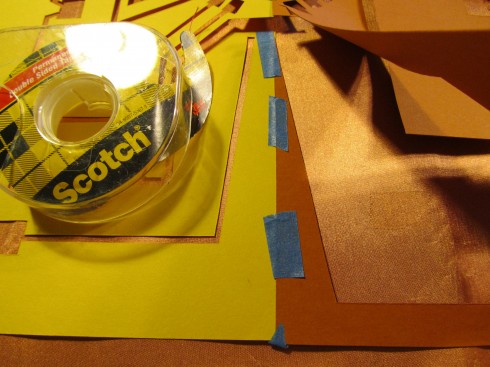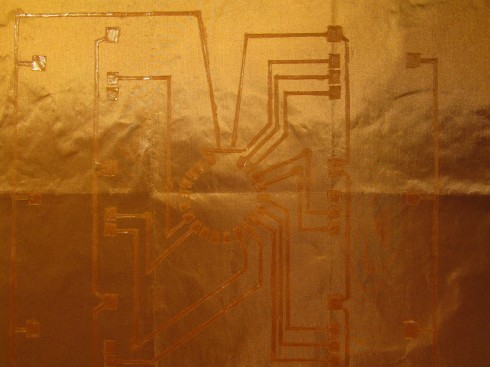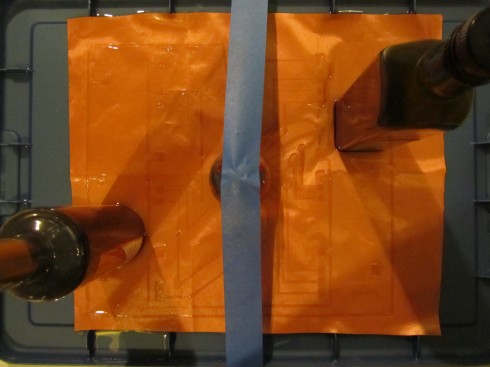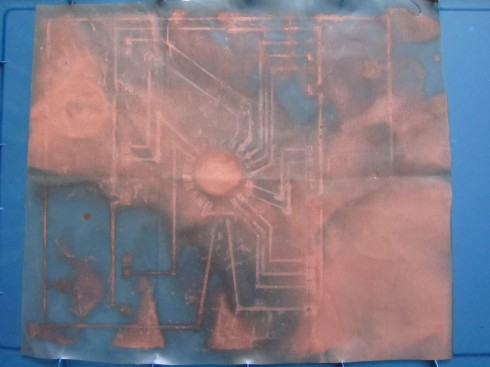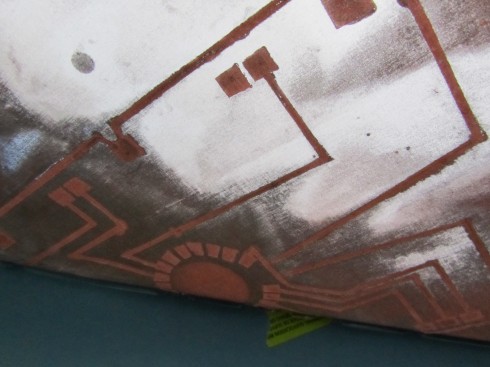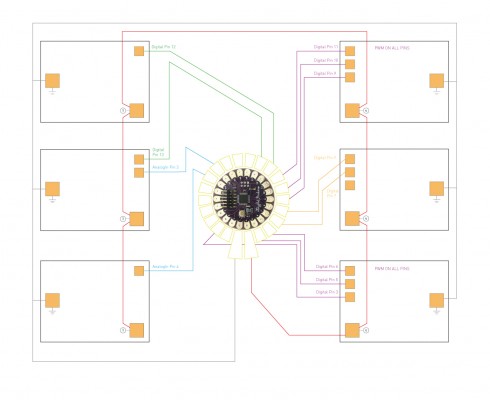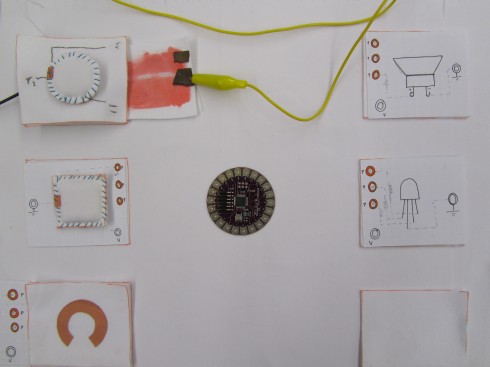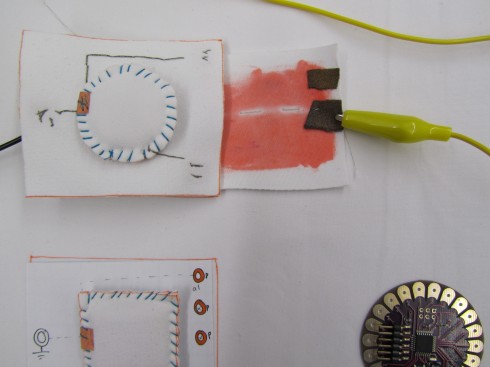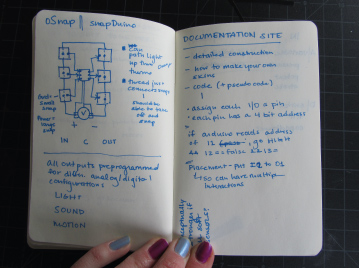SnapToTrace Research References (with some links!)
REFERENCES
REFERENCES
With links to resources
Eisenberg, M. and Buechley, L. (2008). Pervasive Fabrication: Making Construction Ubiquitous in Education. Upcoming in Journal of Software. (Invited submission)
Klemmer, S. and Landay, J. (2009). Toolkit Support for Integrating Physical and Digital Interactions. Human-Computer Interaction, vol 24, pp.315-366.
Marcu, G., Kaufman, S.J., Lee J.K., Black, R.W., Dourish, P., Hayes, G.R., Richardson, D.J. Design and Evaluation of a Computer Science and Engineering Course for Middle School Girls. In Proceedings of SIGCSE, 2010.
Rusk, N., Resnick, M., Berg, R., & Pezalla-Granlund, M. (2008). New Pathways into Robotics: Strategies for Broadening Participation. Journal of Science Education and Technology, vol. 17, no. 1, pp. 59-69.
Schweikardt, E. and Gross, M. (2009). Designing Systems to Design Themselves. In Proceedings of SIGCHI, Boston, Massachusetts, USA, April 2009.
Wyeth, P. [2008] How Young Children Learn to Program with Sensor, Action, and Logic Blocks. Journal of the Learning Sciences, 17:4
SnapToTrace Final Paper
This paper is in SIGCHI format and was written for submission to the SIGCHI Conference on Tangible Embedded, Embodied Interaction 2012. You can download it here.
ABSTRACT
Modular toolkits and electronic textiles have emerged as highly effective resources to engage new audiences in computational learning. This paper will briefly review past relevant research in these domains, paying close attention to different taxonomies that consider the role of personal fabrication. Based on this analysis and user research, I will then introduce an interface prototype that is pedagogically concerned with user scalability and multiple points of entry. A specific focus is placed on the role materials play in achieving these pedagogical goals. I will close with plans for future iterations of the circuit mat and possible directions for development.
SnapToTrace Final Presentation and Feedback
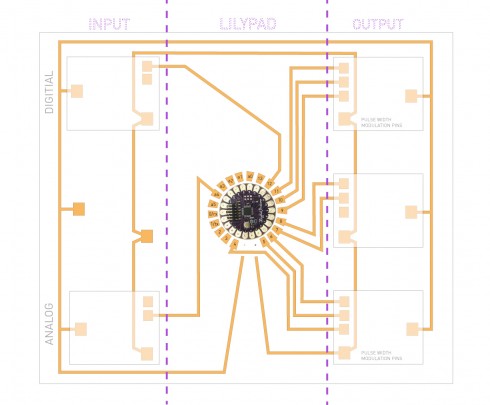
Final Presentation located here.
The feedback I received from Melanie focused mainly on developing the board as an interface to systems learning in realms outside of computation. This was fantastic feedback, especially since an early concept had framed it in this way. Katherine’s feedback was continued simplification of the components by taking them off the board. This is definitely the goal of the summer moving this project into potential thesis territory, along with some logic-based components.
First ProtoBoard Components! (INPUT)
- Potentiometer (front)
- The stroke sensor effectively acts as a switch.
- Still in the works – just a tuft of conductive fabric right now.
Live and Learn
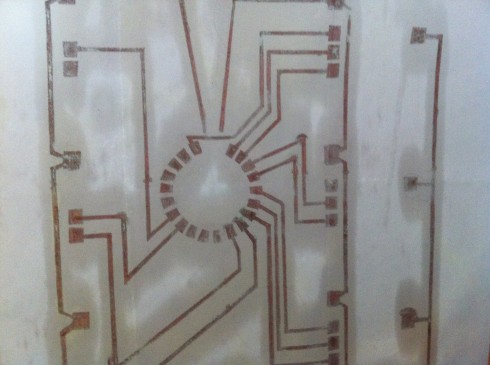
My first attempt at salt and vinegar etching a PCB turned out to be a bust. I left the fabric in the solution for almost 24 hours instead of the recommended 12; this disintegrated the traces and lost all the connectivity. I am in the middle of a second attempt at the moment.

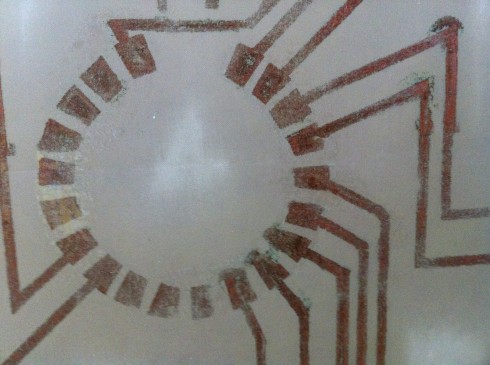
Two lessons to take:
PCB Etch for ProtoBoard Back
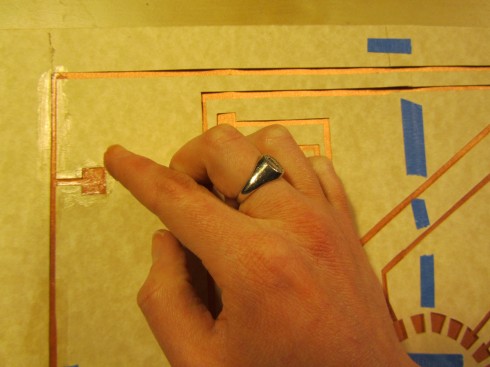
Apply the vaseline. For technique, rub lightly over shapes and press harder over thin lines/connectors.
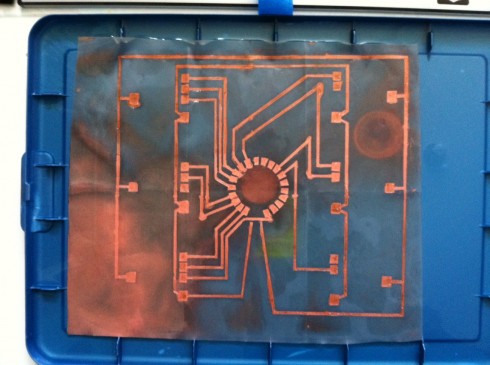
Natalie Freed’s Amazing TeleScrap Book
This is great precedence for my current final project. I really like her execution and simple approach, as well as the ability to have two books communicate with each other.
In-Class Feedback
The feedback from our peer groups was invaluable. Here are a few of the major points:
After giving a quick update on the breadth my project was starting to take (a board, module components, book, etc. – I promise I am not a masochist), Tami swooped in to remind me of the scale we should be working in for this project, especially at this stage of our process. From here the group was great in listening to my ideas and helping me isolate the key interactions supporting the concept that I needed to concentrate on.
Since one of my objectives is to have users understand the flow of the circuit and the I/O interaction, my group suggested skinning it in some type of narrative that might give users an analogy to help them follow the flow, similar to Braun’s Lectron. So far, all I have had on the mind in this department is pirates, due in large part to a fantastic April Fool’s joke I was lucky enough to bear witness to. While we’re on look/feel, I do plan on integrating stylized (though not kitschy) circuit schematics into the design as well for extra added fun.
Another solution for the above point is using thermochromic ink on the board and manipulating the voltage to the correct temperature to effect the ink. In effect, it would light up the flow of electricity between components in “real” time. The “magical” factor in this solution cannot be underestimated.
At the moment, my final project is moving towards the shape of a prototyping board with a focus on understanding circuitry through “soft” components and learning the interactions of different inputs and outputs. I hope to have a working prototype of this by mid-next week with the goal of having removable and remixable components by the end of the semester. The big goal is to have small book attached to the board packaging or a website explaining how to make these circuits so users can create their own.
Minithesis Prototypes: Round 2

I got a little stuck over the weekend and earlier this week as I began to really shape my concept. With each new major project I am increasingly learning the indeterminate nature of my process; it certainly requires much unyielding percolation followed by periods of rapid action.
Slowly I am meandering my way towards a hard schematic, metaphorically speaking, of realizing my concept, especially after the feedback I received from my group.
Major Studio Prototype Presentation
More documentation to come, but here is the presentation.


